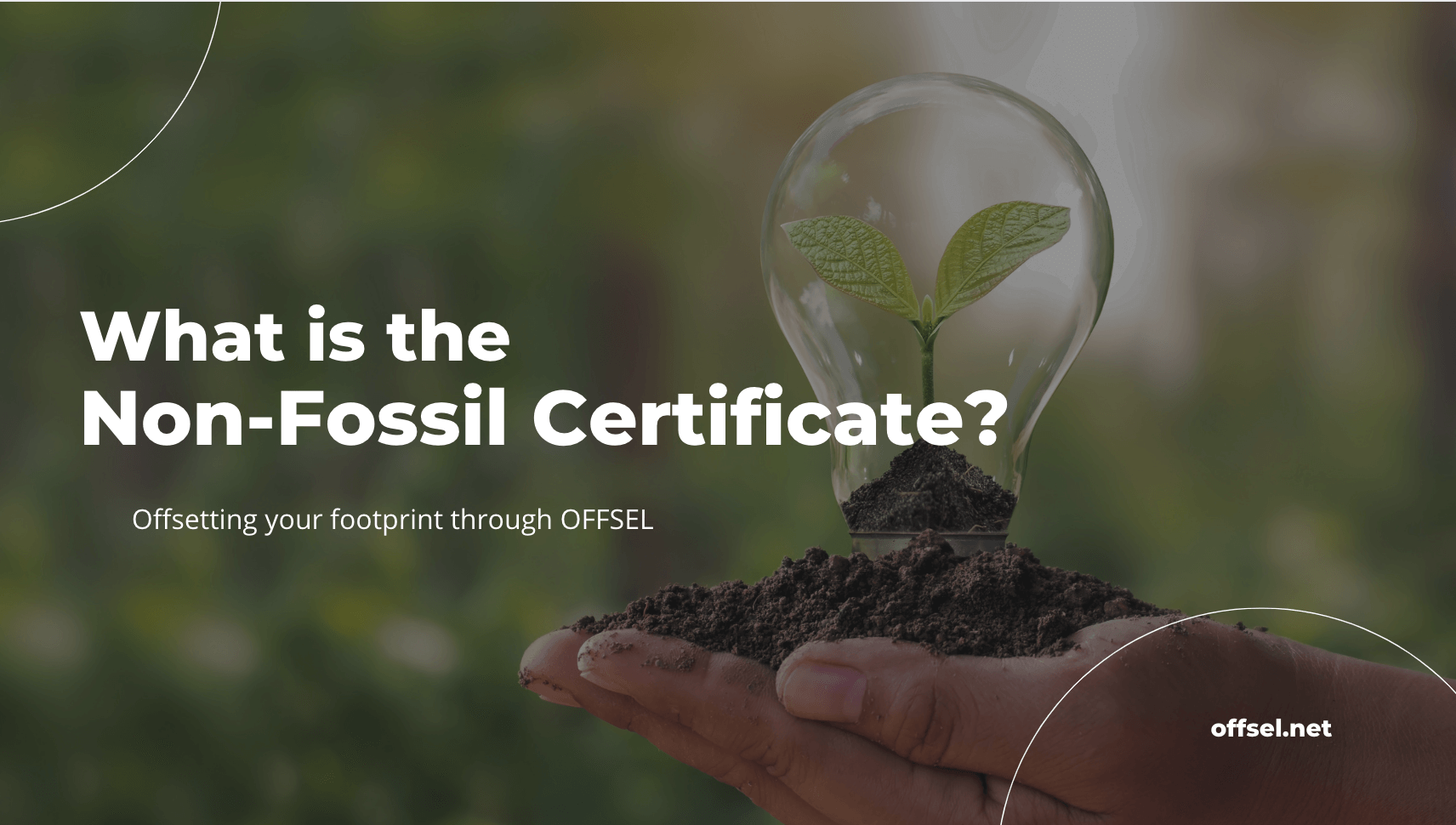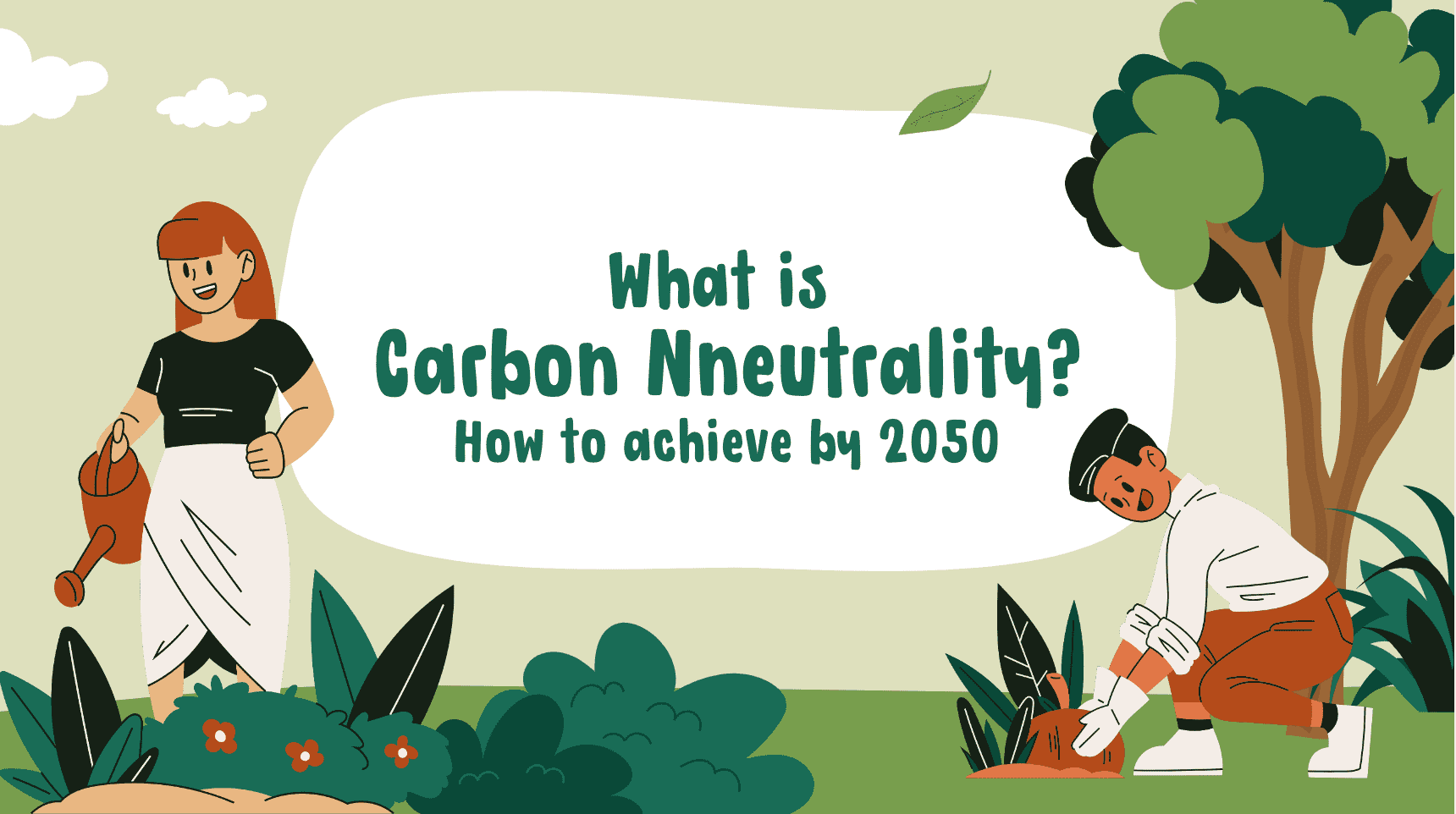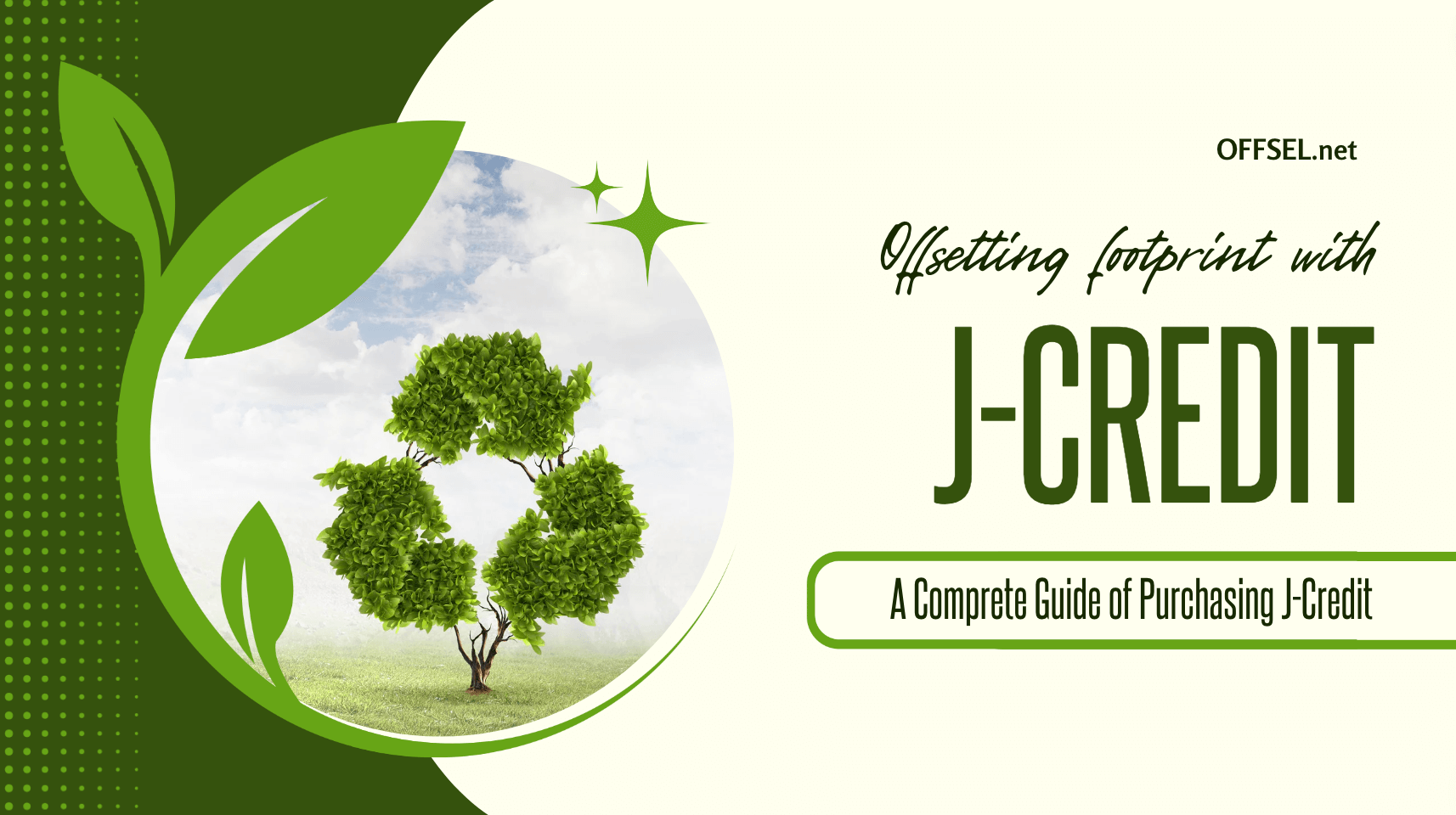What is the Blue Carbon? The Importance of the System, and Pros and Cons
- CO2-reduction

In recent years, the term “Blue Carbon” has gained prominence as a crucial aspect of addressing climate change. It goes beyond mere CO2 absorption, offering potential benefits like mitigating coastal erosion and rejuvenating marine ecosystems.
Then, what exactly is Blue Carbon? How does it work? Let’s understand the benefits and challenges it has.
Table of Contents
What is “Blue Carbon”?
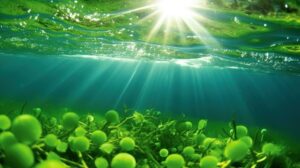
Blue Carbon refers to the carbon captured by marine ecosystems, such as seagrass beds and shallow coastal areas where seaweed thrives.
Introduced by the United Nations Environment Programme (UNEP) in October 2009, Blue Carbon garnered attention for its dual role in combating global warming and preserving marine biodiversity.
What is the difference between Blue Carbon and Green Carbon?
While Blue Carbon focuses on the absorption capabilities of marine ecosystems, Green Carbon involves terrestrial ecosystems like forests and grasslands that absorb carbon dioxide through photosynthesis.
Types and features of blue carbon ecosystems
- Seaweed: Large seaweeds such as kelp and Sargassum contribute significantly to carbon absorption.
- Wetlands and Estuaries: Coastal wetlands and estuarine areas play a vital role in the Blue Carbon landscape.
- Mangrove Forests: Thriving in tropical and subtropical regions, mangrove forests store and sequester carbon as they grow.
In addition to those above, recent research also shows that the carbon-absorbing potential of large seaweeds like kelp and Sargassum inhabiting reefs and harbor structures, making them valuable additions to the Blue Carbon family.
Ecosystem of blue carbon and how it works
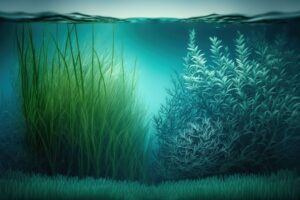
Understanding how Blue Carbon works is key to appreciating its environmental significance. Let’s delve into the intricate processes that take place within Blue Carbon ecosystems.
Seagrass beds
When carbon dioxide in the atmosphere dissolves into seawater, a portion of it transforms into bicarbonate and carbonate ions. These compounds are absorbed by blue carbon ecosystems, leading to the production of organic carbon through photosynthesis.
The generated organic carbon may be consumed by other marine organisms or utilized for self-sustenance. Consumed organic carbon undergoes respiration and other decomposition processes, eventually being released back into the sea as carbon dioxide.
Furthermore, when blue carbon ecosystems are consumed by marine life, the organic carbon is absorbed into the organisms. In the case of respiration, it converts to carbon dioxide, while feces undergo microbial decomposition, resulting in changes to carbon dioxide and carbonate ions after excretion.
Plus, these ecosystems absorb carbon dioxide, contributing to the formation of “carbonate” in the shells of echinoderms, coral skeletons, and mollusk shells.
If the blue carbon ecosystem dies, it accumulates and continues to bury itself on the ocean floor, transforming into recalcitrant organic carbon that is difficult to decompose.
Tidal flats/wetlands
Tidal flats and wetlands receive nutrient salts (※) flowing in from rivers and, due to exposure during low tide, are bathed in ample sunlight.
This environment fosters the growth of halophytic plants, which absorb carbon dioxide through photosynthesis. Moreover, various organisms inhabit these salt-tolerant plants and aquatic algae, containing carbon within their bodies.
After these organisms die, carbon is accumulated on the seabed, serving as a reservoir of blue carbon.
Mangroves
Mangroves thrive in areas where freshwater and seawater mix, typically found in tropical and subtropical regions.
As mangrove forests grow, they sequester carbon, and at the water’s bottom, organic matter, including fallen leaves and roots, accumulates in the mud, continuing to store carbon.
Benefits and challenges of blue carbon ecosystem
Exploring the advantages of Blue Carbon reveals its immense potential for environmental and social contributions.
Benefits of blue carbon
Carbon sequestration
Blue carbon ecosystems are highly effective at capturing and storing carbon dioxide from the atmosphere.
They sequester carbon at rates much higher than terrestrial forests, making them vital in mitigating climate change by acting as carbon sinks.
Biodiversity support
Blue carbon ecosystems serve as critical habitats for various marine species, providing breeding grounds and nurseries for fish and other organisms. The preservation of blue carbon areas contributes to the overall health and biodiversity of marine ecosystems.
Challenges of blue carbon
While Blue Carbon offers promising solutions, it comes with its share of challenges that demand careful consideration.
Risk of carbon release
The blue carbon ecosystems that absorb and sequester atmospheric carbon dioxide face the risk of releasing stored carbon when the ecosystem disappears.
In a specific region of Panama, located in Central America, where mangrove forests were completely cleared, it was reported that approximately 50% of the carbon stored in the soil had disappeared within eight years after deforestation.
The sequestered carbon, depending on soil characteristics and deposition conditions, transforms into carbon dioxide, methane, and other carbon compounds upon release. The loss of mangrove ecosystems highlights the potential consequences of disrupting blue carbon habitats, leading to the re-emission of stored carbon into the atmosphere.
Decrease of seaweed
The United Nations Environment Programme (UNEP) released the report “Out of the Blue” in 2020, revealing that since the late 19th century, 30% of the global seagrass habitat has been lost, with an ongoing annual disappearance rate of 7%.
Research on seagrass habitats within blue carbon ecosystems has been limited, leading to insufficient recognition of their importance.
The percentage of seagrass included in marine protected areas (※) is notably lower at 26% compared to coral reefs (40%) and mangrove forests (43%), indicating that coastal environments supporting seagrass have not been adequately protected.
Understanding J Blue Credit
Blue carbon credits, also known as J Blue Credits, specifically recognize reductions in CO2 emissions through Blue Carbon projects.
Details of the J Blue Credit
J Blue Credit is a system based on the “Core Carbon Principles” proposed by the Integrity Council for the Voluntary Carbon Market (ICVCM), the global standard for carbon credits.
It operates in accordance with these principles, focusing on initiatives for climate change mitigation and adaptation using blue carbon.
J Blue Credit is categorized into three types: natural, artificial structures, and aquaculture. JBE encompasses all projects related to natural habitats, aquaculture, and artificial structures.
Success Story: Sumitomo Group’s J Blue Credit Certification
In a notable achievement, Sumitomo Group received J Blue Credit certification for their efforts in supporting Blue Carbon initiatives in Iwate Prefecture’s Hoya Town. By utilizing ancient rock-carved trenches called “cultivation ditches,” the project significantly increased the availability of high-quality aquatic resources, contributing to CO2 absorption through large seaweeds.
Source is from: Mitsui O.S.K. Lines, Ltd.
Summary
Blue Carbon emerges as a promising solution in the global fight against climate change. Its multifaceted benefits, coupled with corporate and governmental support, position it as a vital player in achieving Sustainable Development Goals (SDGs) 13 and 14. As we navigate the challenges and opportunities presented by Blue Carbon, collaboration and concerted efforts become imperative for a sustainable future.
You May Also Interested In:
Understanding J-Credit: How It Works, Pros and Cons, and Ways to Buy
What dose carbon budget mean and how it help us to achieve net zero emissions?
CONTACT US
Please feel free to contact us at anytime.
We will get back to you as soon as we
can!
Editor
OFFSEL Owned by Erevista Inc, OFFSEL is specializes in Environmental issues, especially in carbon neutrality. We primarily provide the latest information on environmental energy.

